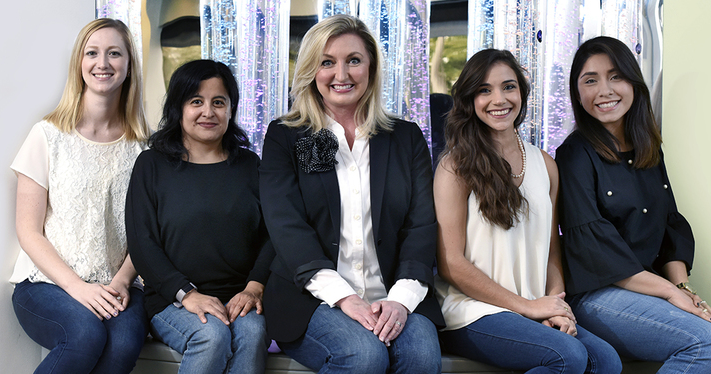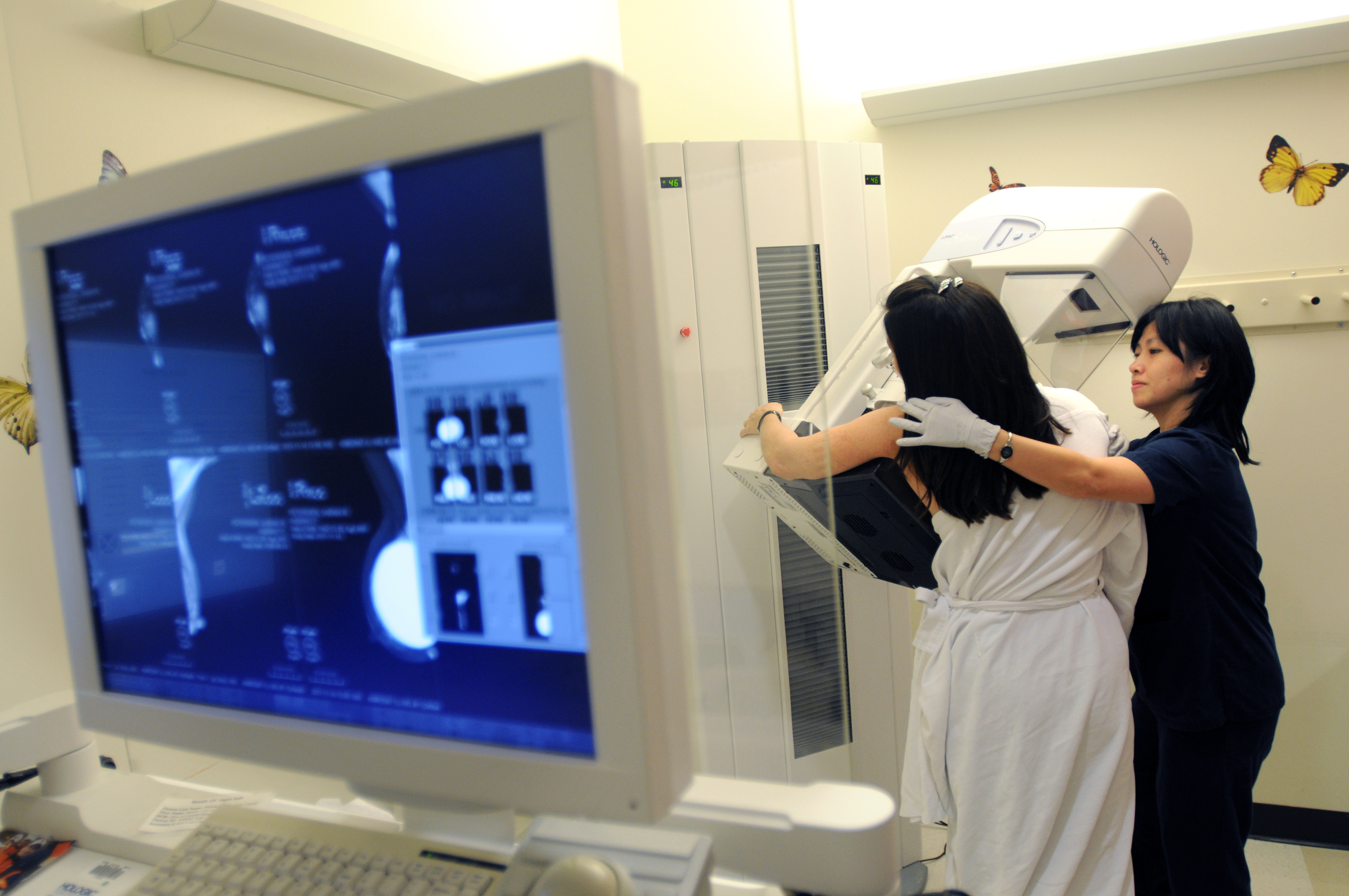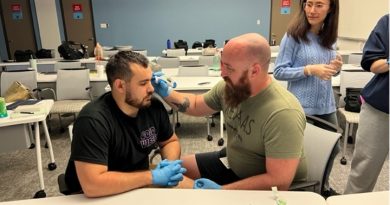Bridging the gap between clinical research and care: Why the brochure doesn’t cut it
Have you ever wondered how your doctor knows which are the best procedures or treatments to use? It’s because of research. Evidence-based practice means that people have compared different approaches to medical care, and they apply the ones with the best outcomes. But it’s not just doctors or investigators engaging in research – it’s patients and research participants, as well.
As a full-time autism researcher, I think a lot about recruiting participants for clinical studies, particularly within an academic medical environment.

The traditional approach is to introduce potential participants to research opportunities as they are being seen in clinic. But because I am not a clinician, I don’t have direct access to patients.
This means that I spend a lot of time talking to others about how I can communicate research opportunities to their patients. Nearly always, these conversations are collegial and positive: “Sure, we see tons of those kiddos! Our clinic alone can get you to your recruitment goals!” But during the nearly 13 years I’ve been at Baylor College of Medicine, this has rarely happened.
I have tried a variety of recruitment approaches ranging from passive strategies (i.e., a flier in the waiting room) to direct engagement (approaching families at specific events) to modern strategies, like social media.
But the strategy that still stumps me is in-clinic recruitment.
When I talk to my clinician colleagues about spreading news of our studies in their clinics, the common assumption is that we will provide materials to display in their offices, exam rooms, and lobbies—that should do it! Right?
Unfortunately, it doesn’t. By itself, the brochure doesn’t cut it. Enlisting the help of providers and support staff is critical to introducing patients to research – they are the medium for in-clinic recruitment. But perhaps I’ve overlooked something.
Families should feel empowered to ask about research opportunities and how they can get involved. Oftentimes, the focus is on “clinical care.” But research that improves health outcomes is part of offering good clinical care. And the good clinical care of tomorrow will rely on the continued research we do today.
So if your doctor doesn’t inform you about research opportunities on your or your child’s next visit, ask him or her about which projects are enrolling participants and how you can learn more.
And be sure to grab the brochure, just as a friendly reminder.
-By Dr. Robin Kochel, associate professor of pediatrics-psychology at Baylor and lead researcher of the SPARK for Autism study at Texas Children’s Hospital



